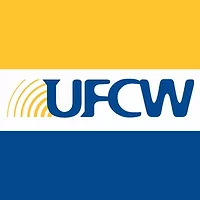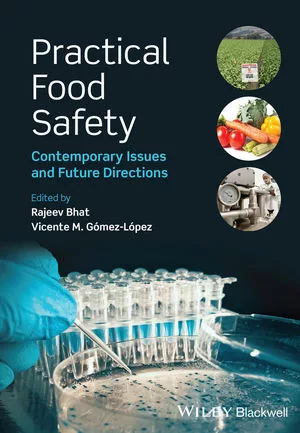USDA Moving Forward on Plans to Increase Poultry Inspection Line Speeds

Source: Agri-Pulse.com
The U.S. Department of Agriculture (USDA) intends to finalize a proposed rule by the end of the year that seeks to create a new speedier inspection system at poultry slaughter plants, according to Brian Ronholm, USDA's acting undersecretary for food safety.
Under the rule, establishments would be able to continue operating under the current inspection system or move to the new system, which would allow them to increase their line speeds up to 175 carcasses per minute with a single inspector from USDA's Food Safety Inspection Service (FSIS) on the slaughter line. Currently, plant line speeds are limited to about 35 birds per minute per inspector.
The new system would require plant workers to sort carcasses before FSIS conducts carcass inspections on the production line, so that only carcasses that the establishment deems likely to pass inspection are presented to the inspector, saving time and resources.
USDA and supporters of the rule say the proposed new system may help reduce pathogen levels in poultry products by permitting FSIS personnel to conduct more food-safety related off-line inspection activities, such as oversight and verification of microbiological testing for pathogens, sanitation standards and antimicrobial controls in the plant.
Opponents, however, say the system would undermine food safety and animal welfare and make work in poultry plants more dangerous. They say poultry processing requires workers to endure long intervals in which they repeat the same forceful motions over 1,000 times per hour without pausing. According to the Southern Poverty Law Center, some workers report that keeping up with current line speeds requires them to perform more than 20,000 cutting, pulling, grabbing, or hanging motions per shift.
At a recent hearing of a House Appropriations agriculture subcommittee, Ronholm answered questions about the proposed rule as part of a discussion about requested fiscal year 2015 budget levels for FSIS.
He told lawmakers that FSIS is legally required to have a sufficient number of inspectors present in every single meat and poultry plant in the nation. “I am confident that the budget we have presented will provide every establishment we regulate in this country with appropriate staffing levels,” Ronholm said.
Looking for quick answers on food safety topics?
Try Ask FSM, our new smart AI search tool.
Ask FSM →
Subcommittee Chairman Robert Aderholt, R-AL, said he was encouraged that Ronholm wants to get a final rule by the end of the year. Aderholt said while the proposed rule is receiving lots of scrutiny, he noted the USDA monitored a plant in South Carolina that was moving 175 chicken carcasses a minute - without any food safety issues.
“The administration has assured us that this particular regulation will demonstrate positive health results and cost less to implement,” Aderholt said. “Sound science should always guide food safety decisions.”
The changes possibly would save the government more than $90 million over three years by shifting about 1,000 workers to higher-priority jobs, and reduce industry's production costs by at least $256.6 million per year, according to USDA.
Still, Aderholt said he anticipates litigation aimed at trying to stop the rule. “That is very likely at the end of the day,” Aderholt said. Ronholm said it was too early to consider potential litigation for a document that is “pre-decisional at this point.”
Staunch food safety advocate Rep. Rosa DeLauro, D-CT, said the proposed rule is based upon a safety database that is less than robust. “I think 175 birds defies imagination,” DeLauro said.
Ronholm said inspectors would have the power to slow down the line if necessary, to which DeLauro shot back, “That is not going to happen, let's be real.”
Ronholm said the proposed budget request is about $1 billion, which would be a decrease of $9.3 million from FY 2014. Still, Ronholm said he was “confident that FSIS will maintain the effectiveness of its core mission of preventing foodborne illness.”
FSIS is comprised of more than 9,400 employees and regulates more than 6,400 establishments across the United States. About 80 percent of the FSIS budget is for personnel salaries and benefits.








